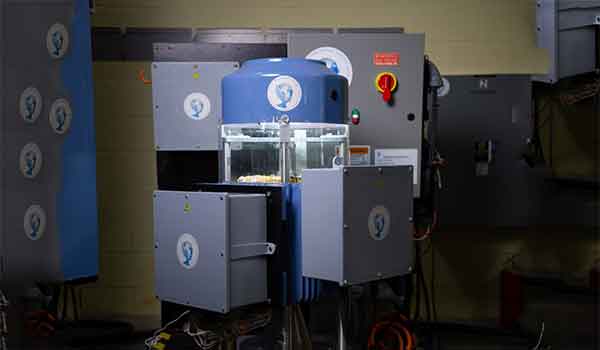By Dr. Robert Holcomb MD, Ph.D., Inventor of the Holcomb Energy System

With open arms, humanity has embraced ongoing technical developments in energy production infrastructure. Over the past century, we have witnessed some watershed technological feats through the introduction and progression of renewable energy sources. Hydro, solar and wind-based systems are mitigating the damage caused to our environment by fossil fuels. However, even these modern, green energy frameworks are not enough to reverse the harmful effects of nonrenewable fuel sources.
Challenges such as lack of accessibility and costly, monopolized systems have presented hurdles to global adoption. As fuel prices continue to soar and society bears the burden, a market gap for cost-effective, scalable, and renewable energy production alternatives has become apparent, but the means to fill this gap may come as a surprise.
It is not some shiny, new-fangled invention, but a scientific redesign of a mechanism that has been used by humankind for almost 200 years and has faithfully served as the foundation of our modern world: the electrical generator.
After 13 years of intense and extensive research and development, we have redesigned the traditional electrical generator into the Holcomb Energy System (HES), enabling self-sustaining properties so that it is fueled by the material from which it is made — the ubiquitous and modern, synthetic alloy, electrical steel. Holcomb Energy Systems’ patented technologies operate using this optimum material to harness the spin of electrons in iron atoms, producing five units of energy output for every single unit of input. Given the abundance of iron and low-cost production methods of the electrical steel alloy, this redesign will have a profound impact on the energy sector. A 2020 report from the International Energy Agency (IEA) positively signaled that levelized costs of electricity (LCOE) generation of low-carbon generation technologies are falling and are increasingly below the costs of conventional fossil fuel generation. However, with the median LCOE at USD $100/MWh, the Holcomb Energy System catapults past these energy generation costs at USD $20/MWh.

When we used this material as a source to produce self-sustaining, clean electricity, the methods of production and results were fascinating. Within the iron atoms of electrical steel, unpaired electrons spin and create polar magnetic fields, and groups of these fields gather together to form magnetic domains. The alignment of these domains results in a magnetic field that is up to five times more powerful than the fields required to align the domains. Using this principle, the Holcomb Energy System harnesses and magnifies the electrical energy input up to 500 percent, meaning that we now can produce clean, plentiful, renewable energy without an external fuel source. You can learn more about our system here.
The significance of this finding and the development of the HES means that we have the capability to address some of the world’s most pressing environmental challenges, such as global warming, rising levels of pollution, and ever-increasing demands for energy. To date, contemporary applications have played a significant role in counteracting the damage caused to our environment by coal, oil, and gas. Nevertheless, society requires energy infrastructures that can be adopted globally and deployed seamlessly. With our point of use system that uses no fuel and creates zero emissions, the Holcomb Energy System can meet these needs and, undoubtedly, give rise to greater economic opportunity and more equitable distribution of energy and resources.
Although the launch of the Holcomb Energy System is the culmination of my life’s work, it is simply the first step in our collective journey towards economic and environmental justice and a habitable planet. We can achieve an energy economy underpinned by the ethos that it’s more profitable to be clean than to be dirty, and more rewarding when everyone is given a fair chance. We hope that you will join us in our efforts to change the world for the better.

